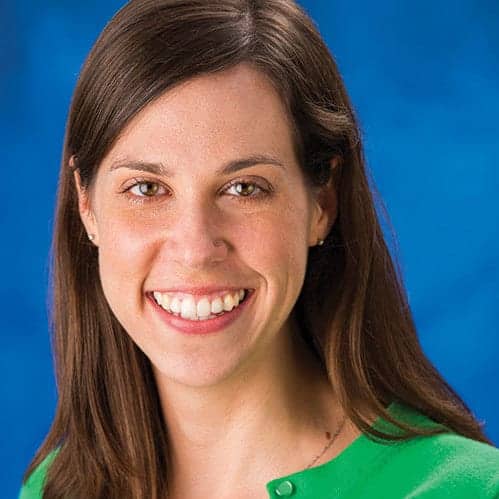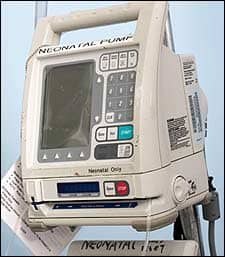 Come January, lots of people make commitments to lose weight. As we enter the second month of 2016, I’m not interested in dropping pounds, but I am determined to remain lean.
Come January, lots of people make commitments to lose weight. As we enter the second month of 2016, I’m not interested in dropping pounds, but I am determined to remain lean.
Let me explain. No doubt like many of you, I often feel the burden of balancing all I want to do with everything I have to do. It can be tough to juggle professional workload, personal projects, family obligations, social commitments, hobbies, and volunteer work with the myriad other routine and unpredictable tasks life throws us. With these conflicts in mind, I resolved last December to reduce stress in 2016 by becoming more efficient.
Incidentally, I’ve been aided in this goal by a well-timed Christmas present—a copy of David Allen’s business bestseller Getting Things Done. According to the book jacket, Allen’s workload management philosophy has made him a sought-after public speaker around the world for over 15 years. While trying not to take the gift too personally, I realized it may be the best present I received this year.
Now, I’m only on chapter one (it’s still January as I write this), but Allen’s premise is simple: Many people become so accustomed to letting stress and inefficiency drive their lives that they don’t recognize there is a better way to engage with the world. His tips, which I’ve yet to fully put into practice (January!), involve establishing foolproof systems to capture and act on essential information, freeing up mental space to deal with bigger and more important concerns. He is, in so many words, advocating the practice of lean principles in all facets of one’s life.
Lean techniques are also behind two feature articles this month. Coauthored by Randell Orner and Shannon Barr-Marinetti, our cover story offers a beginner’s guide to implementing the lean approach in the workplace. For all the wealth of resources addressing this philosophy in its complexity, lean methodology, at its heart, is fairly straightforward: thoroughly capture data to build an accurate picture of your current practices, analyze the result to identify areas of waste or inefficiency, and then actualize a plan to eliminate or improve those areas. It couldn’t be simpler, right?
Of course, not all challenges lend themselves to such a direct approach, particularly in the healthcare arena. Clinical alarms, for years the subject of efforts to improve patient safety, are a prime example. In the feature story, contributor Chris Hayhurst interviews leaders from three major hospitals about the long-term strategies their teams implemented to untangle this Gordian knot: Karen Waninger, director of clinical engineering at Community Hospitals Indianapolis in Indiana; Scot Mackeil, senior anesthesia biomedical technician in the Anesthesia Clinical Engineering Department at Massachusetts General Hospital in Boston; and Ted Barbeau, director of clinical engineering at Saint Mary’s Health System in Connecticut.
One surprising, and telling, theme common to their accounts? None were phased by the January 1, 2016 National Patient Safety Goal deadline. In all three cases, their facilities had long ago eliminated inefficiencies and implemented the necessary strategies to move their departments forward on this critical issue. That lesson is worth remembering, particularly as we head into February. By now, the glow of the holidays has worn off. The obligations and responsibilities that briefly died down a month ago have come roaring back, demanding our time and attention.
But if we can keep renewing our commitment to stay lean, even when stress overwhelms us—thereby improving the quality of our lives (along with those of our colleagues and patients)—we’ll all be in much better shape by the end of the year.






Thank you for sharing! Due to your article, I am now reading Getting things done. And have 2 more of David Allen’s patiently waiting! I must say what an insightful and much needed relief this book has been. I thank you, my work thanks you and my family thanks you! I always look forward to being a better person today than I was yesterday! Keep up the great work Jenny.